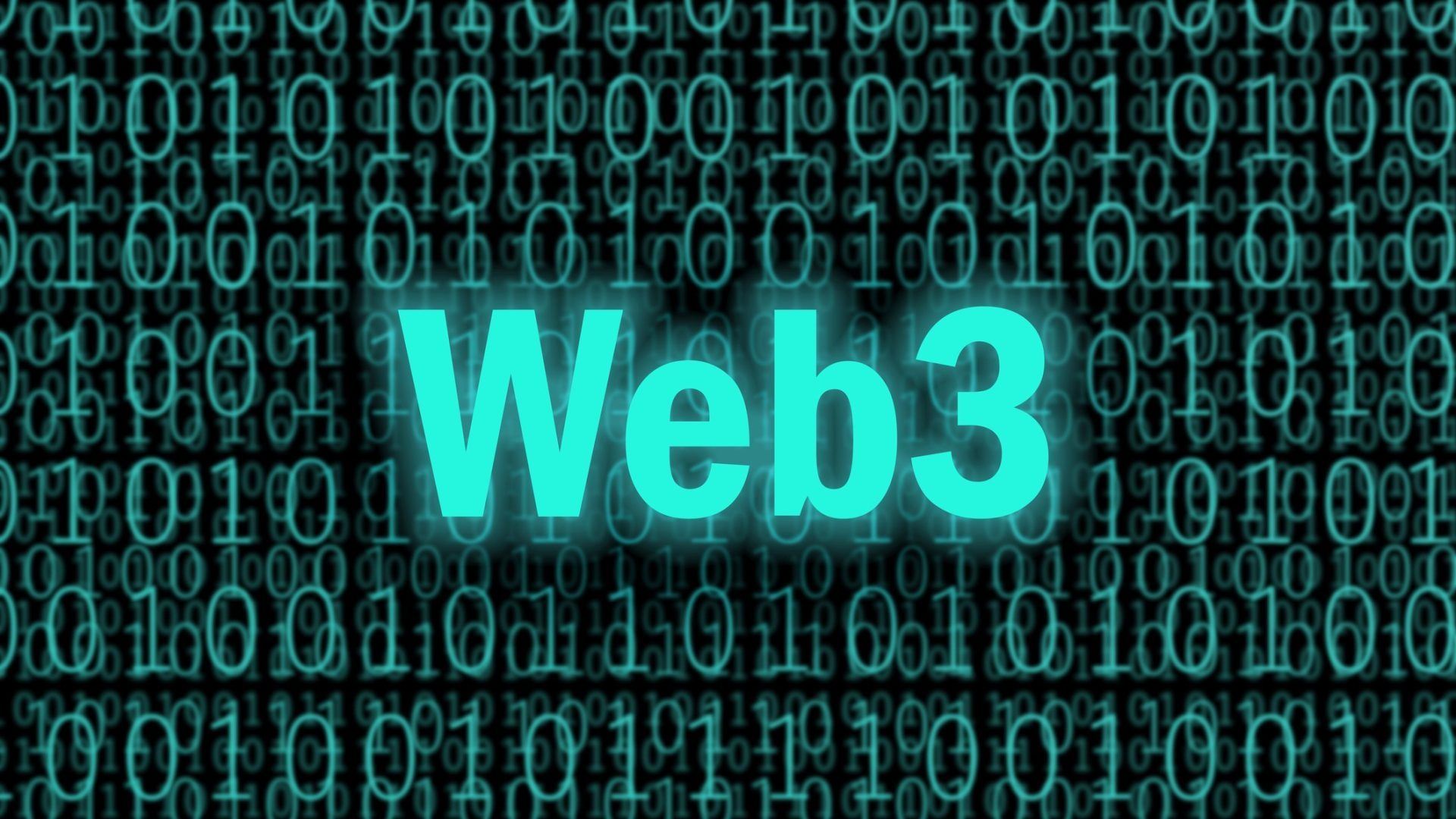
Is Web 3 the future of Digital Marketing?
What is Web 3?
Web 3, or the third-generation of the internet, is a vision of a more decentralized web that places the power in the hands of users. Instead of large tech companies like Google, Amazon, and Netflix. It’s built on blockchains using existing infrastructure with the goal to make the internet more accessible, private, and secure for users.
When will Web3 launch?
Currently, there is no launch date for Web3, and no one truly knows when we might see the third generation of the World Wide Web.
A lot of infrastructures still need to be built before Web3 is introduced to the marketing world. And currently, there is no timeline for when we can expect it to be completed.
However, that doesn’t mean you can’t start preparing your marketing operations for its arrival so you can stay one step ahead of your competitors when that day finally comes.
How Web3 Could Impact Marketers?
Limited Access to User Data
In the short term, web3 could mean more data rivacy for users.
Currently, companies make money based on the data they collect from users. Either by using it to feed their marketing strategies or by selling it to third parties.
Proponents of web3 believe that a consumer should play a more active role in how their data is used and who they share it with, given the immense value it holds.
A More Community-Focused Approach
Web3 is all about redistributing power to the average consumer.
The idea is that consumers will decide and promote the ideas they’re most interested in, instead of being in the passenger seat. With this shift, marketers will have to lean more on building a strong community.
More Reliance on Content Creators
Currently, many content creators feel at the mercy of the platforms they publish on with strict guidelines on what they can post to limited earning potential. Web3 would arm them with full autonomy.
Some features of Web3:
Semantic Web
The Semantic Web is the next phase in the evolution of the Internet. The semantic web improves on-demand internet technologies for generating, sharing, and linking content through search and analysis based on the ability to comprehend the meaning of words rather than keywords or numbers.
Artificial Intelligence (AI)
Computers in Web 3.0 will be able to perceive information in the same manner that people do. By combining this capacity with natural language processing, resulting in quicker and more relevant results. They become increasingly sophisticated in order to suit the demands of consumers.
Graphics in three dimensions
In Web 3.0, three-dimensional design is frequently employed in websites and services. 3D graphics are used in museum tours, computer games, e-commerce, geographical settings, and other digital applications.
Connectivity
Information better linked with Web 3.0 owing to semantic metadata. As a result, the user experience progresses to a new level of connection that takes advantage of all accessible data.
Omnipresence
Multiple apps may access Ubiquity Content, and because every digital device linked to the internet, the services can accessed anywhere.
The future of marketing has just begun
Web 3.0 offers advertisers a wonderful opportunity to get back to fundamentals. And engage directly with users while providing actual value and experiences. With Web 3.0, we can expect a complete makeover of how we use the web and how we do digital business online. There is no doubt that there are flaws with how various Web3 features adopted right now. Still, there is also a lot of optimism that the issues of Web 2.0 can be rectified with the next phase of the internet. Which makes it worth paying attention to, even if it causes its own issues in the process.


